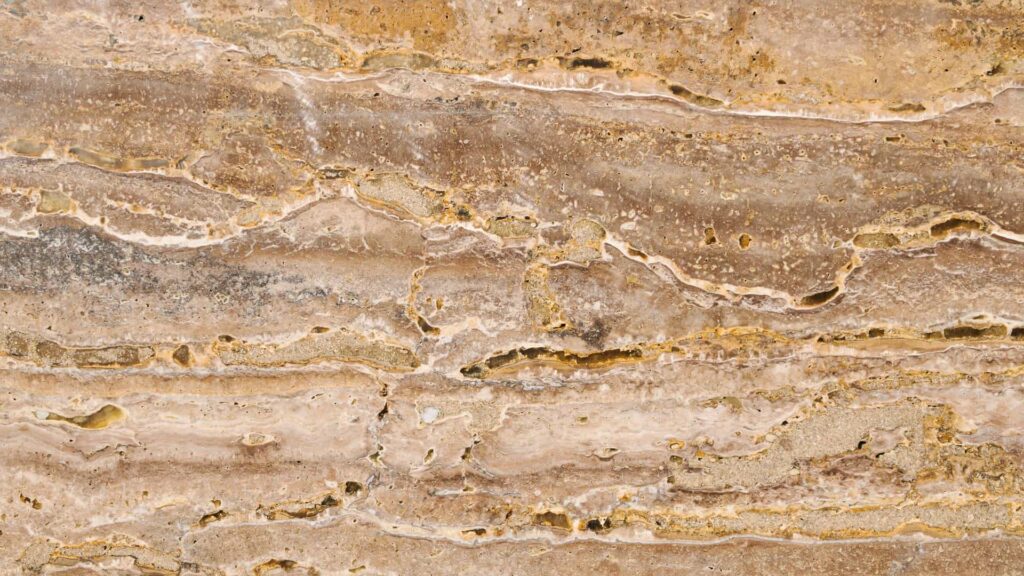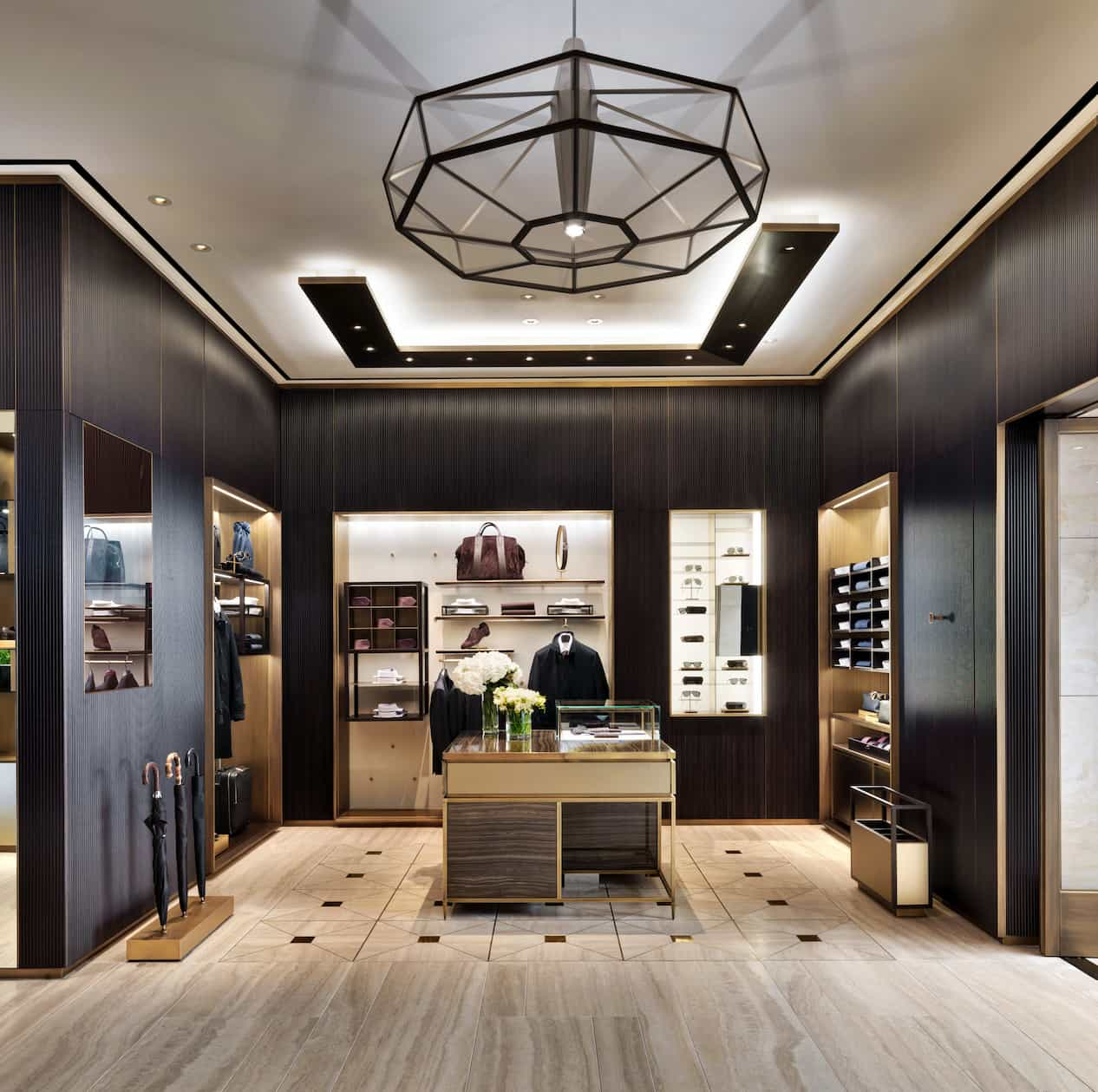Excellence in marble processing
In 1501, Michelangelo was about to sculpt one of the most famous works in the world: the statue of David, now preserved in the Galleria dell'Accademia in Florence. The material chosen was a gigantic block of white Carrara marble, which had created many problems both for the supply and for the movement of the same from the quarries to the master's laboratory. The processing of marble began in a very difficult way because the block had been compromised in its volumetric structure by the roughing previously implemented by Agostino di Duccio and Antonio Rossellino.
The genius of Michelangelo, however, after three years of assiduous work was able to bring out the splendid David, unique in the perfect proportion of all its forms. The type of marble chosen by Michelangelo was the white Carrara Statuario marble that differs not only for the incredible white brightness tending to ivory but also for the almost total absence of ventures.
To date, this material represents 5% of what is extracted annually in Carrara, which explains why it is among the most exclusive marbles not only in Italy but in the world. To him, always speaking of high quality marbles, are usually flanked by the extra Carrara Calacatta marble, characterized by a pure white-ivory background with a few thin white-beige veins, and the gold Calacatta on which, above a crystalline white background, elegant golden yellow veins are articulated. These marbles are truly among the most precious on the market and are used for design furnishing elements, classic and contemporary interiors, covers dedicated to luxury interiors and SPA areas.

The processing of Yellow Marble of Siena in Tuscany
Among the thousand, magnificent colors of Italian marble, a place of excellence is that of Marmo Giallo Siena. This material is particularly valuable both for its beauty and for the difficulty of extraction: the deposit, in fact, is characterized by intense fracturing that involves the extraction of blocks of different sizes and a large amount of scrap material. Its beauty, however, repays all the efforts and enhances for its dark yellow color that becomes heterogeneous due to the presence of veins with shades ranging from ivory white to light yellow up to touch the yellow ocher and reddish.
The peculiarity of this marble is precisely that of having, even within the same block, very different slabs for color distribution and movement of the grain.
The processing of Yellow Marble of Siena has always been considered very valuable and there are numerous examples that today are found in the most beautiful Italian cities. To be highlighted, however, is the floor of the Cathedral of Siena which has seen over 40 artists at work and which is composed of 56 panels of various shapes and sizes depicting Sibyls, Biblical Stories, Virtues, Allegories and stories from the Old Testament. Seen as a whole, the counterpoints of the particular processing in Yellow Marble of Siena give a particular light to the whole, making the floor almost impressionistic.
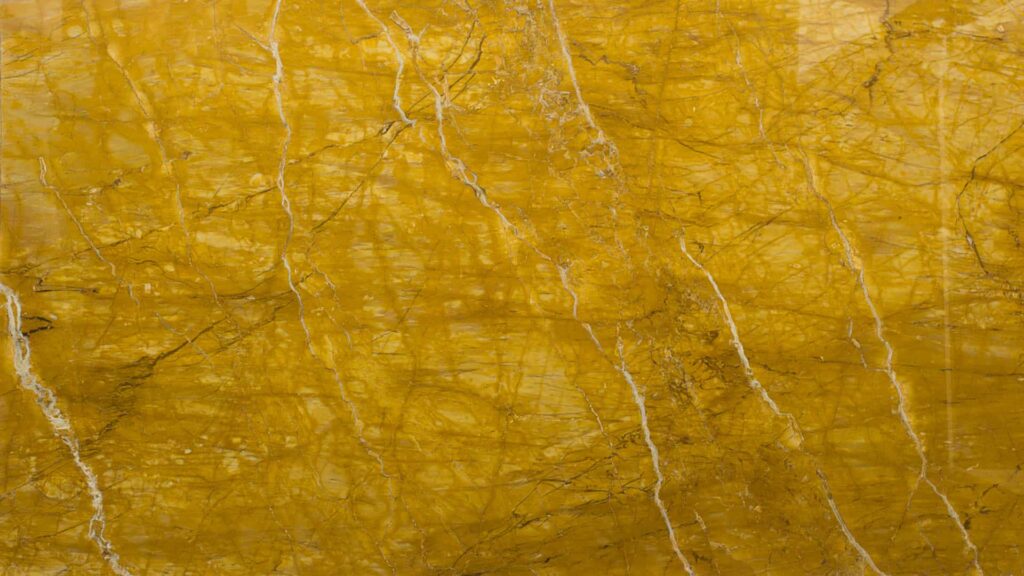
Botticino Classico: an exclusive marble supply
Botticino Classico is an aesthetically precious stone thanks to its chromatic veins on soft beige tones. This is extracted exclusively from the marble basin east of Brescia and the supply of marble is given only by small and medium-sized enterprises that often have a history of more than three generations. In their 'small', however, this area, as excavation of ornamental stones, is second only to Carrara. As for the processing of this marble, however, its hardness and its characteristics of particular resistance make it suitable for all finishes, even the most impactful such as tumbling or bush-hammering.
Undoubtedly, speaking of Botticino Classico marble we are talking about an extremely precious marble that as such has been used for iconic creations such as the Altare della Patria in Rome without forgetting the fascination aroused by this stone abroad: works made with Botticino Classico are, for example, the White House and the Central Station of New York.
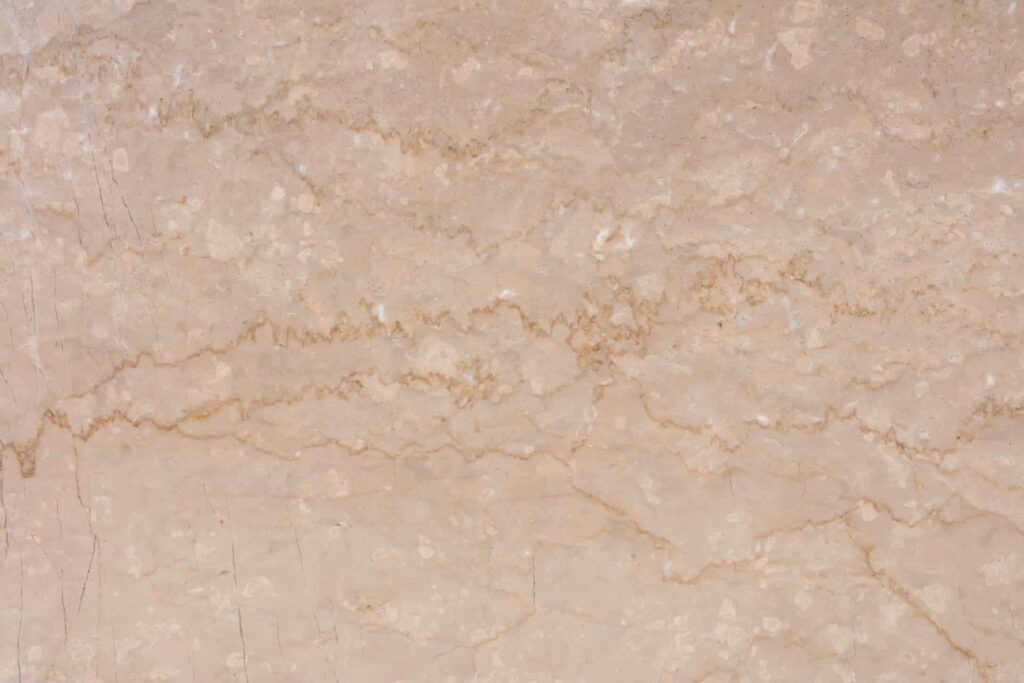
Portoro or Portovenere Marble: the excellence of Italian marble
Portoro or Portovenere Marble is a very precious quality of bright black marble with light golden streaks that is extracted exclusively in the area of La Spezia (Liguria). Its color is due to the richness of organic substance present in the limestone while the light gold veins to the partial dolomitization of the organic substance that has oxidized.
The current number of quarries that extract this material is currently very limited and the blocks are obtained inside large chambers to avoid the impact on the areas above, very delicate from a landscape point of view.
The processing of Portoro marble reminds us of the Etruscans and then, passing through the artifacts of ancient Rome and those typically Ligurian of the twelfth century, get to the Renaissance era where it was widely used during the reign of Cosimo I De Medici. In the Baroque era, however, it will be above all the decorations of the interiors of churches and sacred places to require the supply of this marble to create wonderful works such as San Pietro in Vincoli, San Giovanni in Laterano, the church of Santi Giovanni e Paolo and San Silvestro in Capite in Rome. The export of this material began only in the nineteenth century and brought the supply of the material to France, Belgium and Switzerland for the ornamentation of palaces and castles among which we remember Versailles, Marly and Compiegne. Towards the end of the 50s the Portoro also reached the United States where it was chosen to cover the projection room of the then very famous Paramount.
Wonderful as a valuable material, today it is used for design projects with high impact value, luxury bathrooms and coatings.
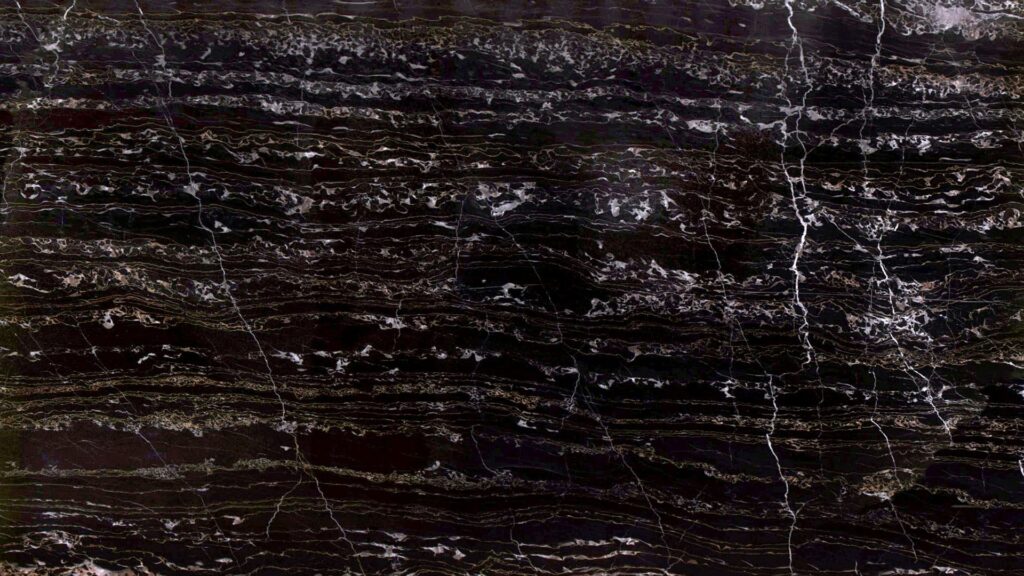
Travertine
Often travertine is incorrectly inserted into the marble family. In reality, marble is a metamorphic stone that, under the effect of temperature and pressure, has undergone a transformation to obtain a granular and crystalline structure.
Travertine, on the other hand, is a sedimentary rock born from a limestone deposit which, thanks to its porosity, can incorporate oxides during the formation process, thus acquiring various colors, between white and beige up to reddish. The results, however, are breathtaking and comparable, if only in originality, to those given by the precious marbles we have talked about in this article. Travertine, in fact, can reach very strong colors such as very dark brown or incredibly deep red. Also splendid are the slabs with a horizontal line mottled on earth tones, which become particularly evocative in country houses or marine resorts.
To give an example of a valuable realization in travertine, we will mention only one work that surely everyone knows: the wonderful 284 columns of St. Peter's Square in Rome.
